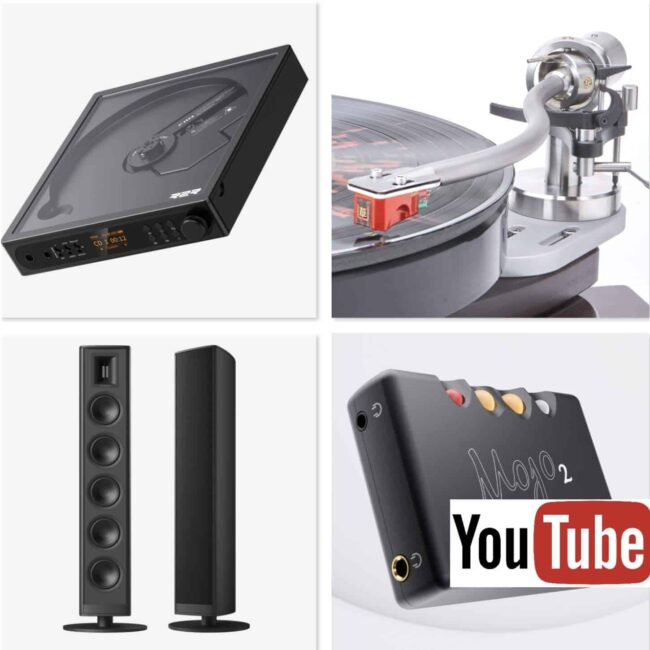The Article
Q ACOUSTICS 5050 SPEAKERS
3rd October 2024
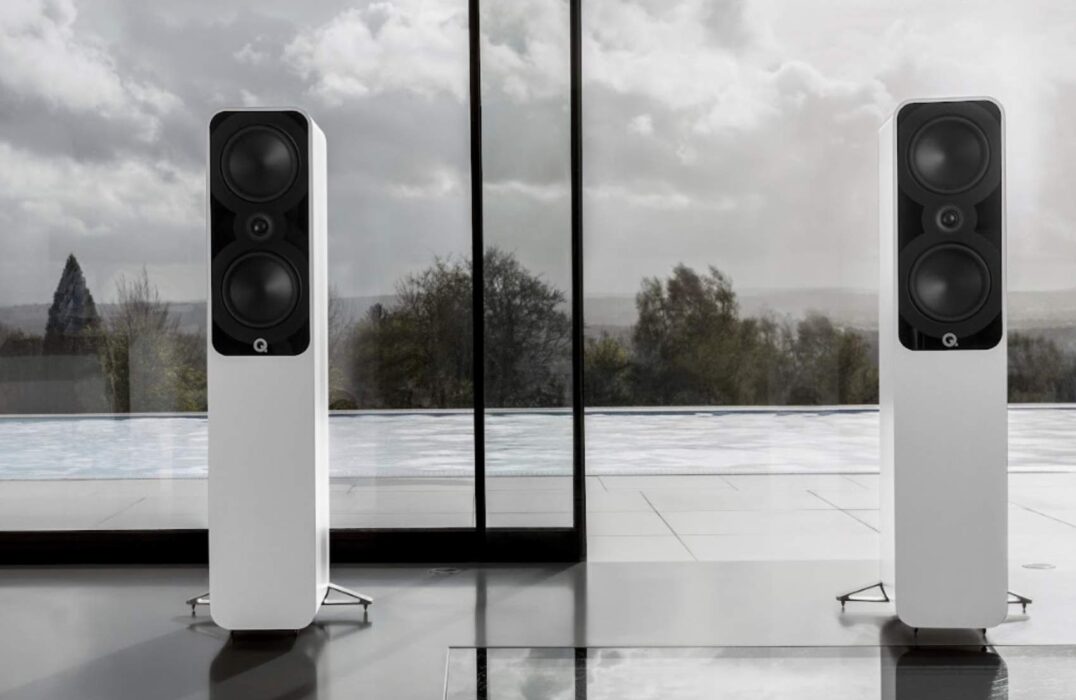
Sitting in the upper reaches of the 5000 series, at least in price terms, Paul Rigby tackles these stylish floor-standing speakers
Presented in a rather familiar floor-standing cabinet spanning 1017 x 366 x 336mm but weighing in at a rather hefty 21.6kg per speaker, these 6 Ohm speakers sport two 150mm mid-bass drivers featuring a C3 Continuous Curved Cone. The company promises large voice coils to increase motor strength. In between, to form a classic D’Appolitto pattern in a hermetically sealed and mechanically isolated 25mm tweeter, as found in the new Concept series.
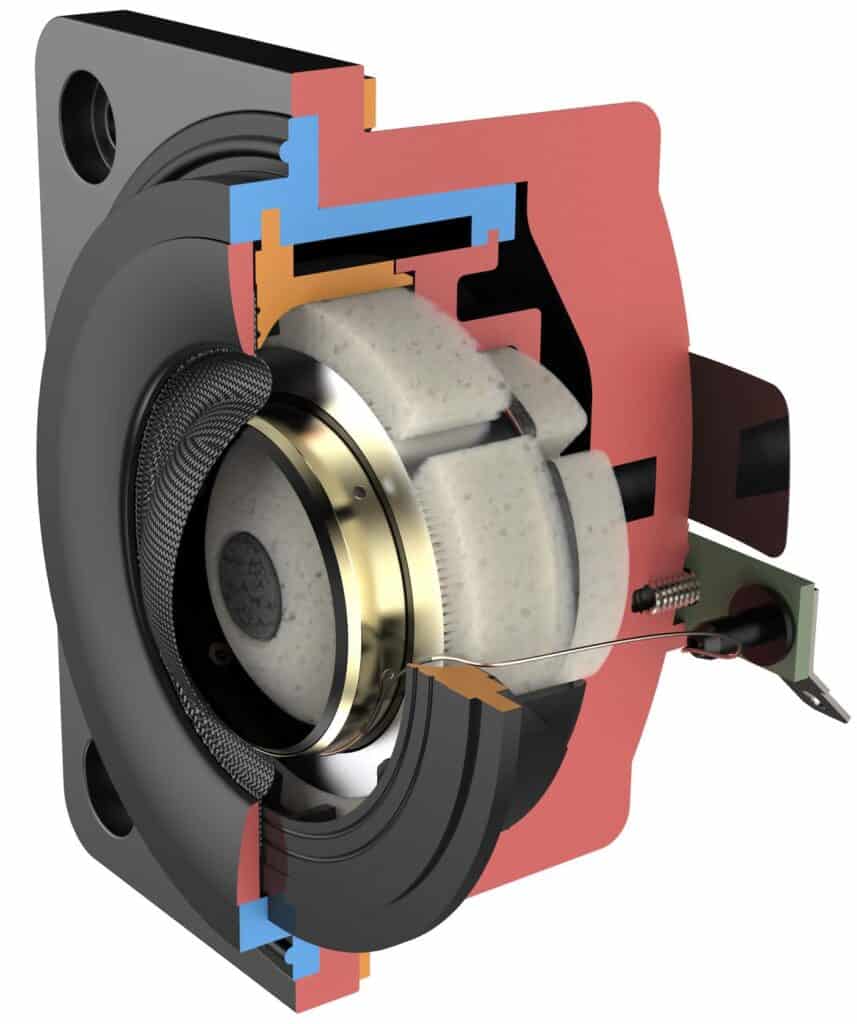
Inside is a point-to-point bracing system to increase cabinet rigidity and Helmholtz Pressure Equalizers to reduce vibration.
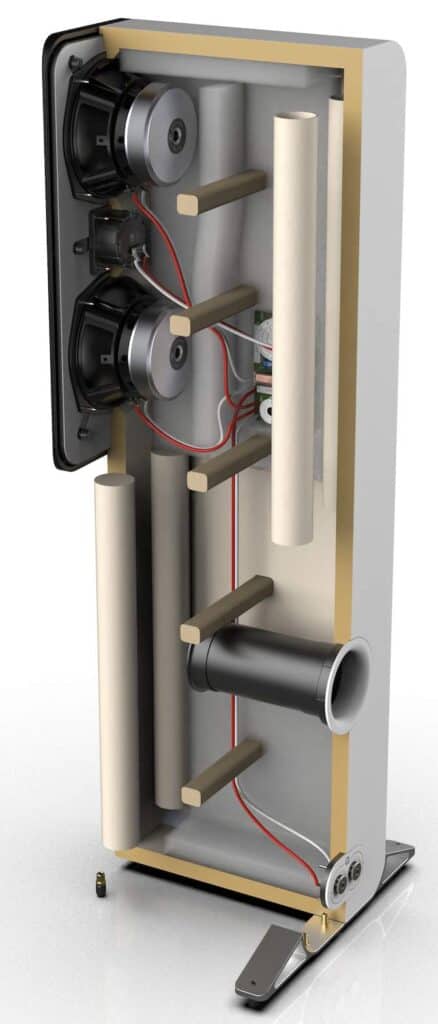
The cabinet itself is notably Q Acoustics in its presentation, a sleek, minimalist design that looks rather Nordic, I would suggest. In fact you had told me that these speakers had been made in a secret factory, submeged underneath the Fjords, I wouldn’t have been surprised.
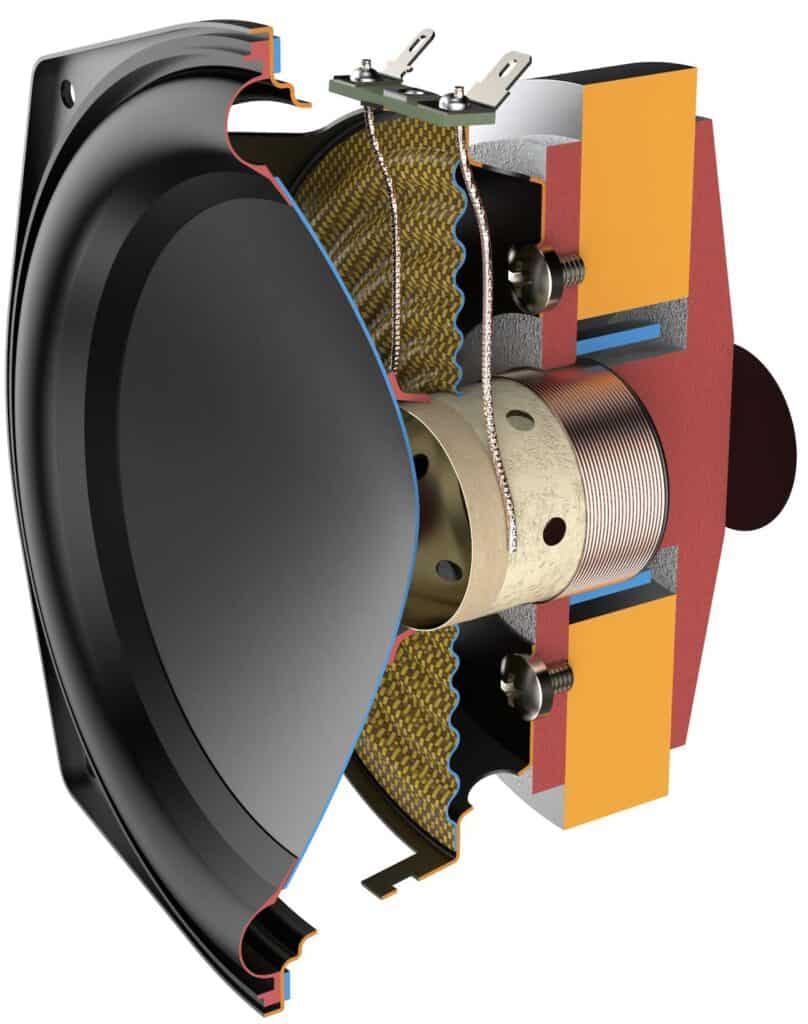
Arriving with a 91.8db sensitivity, if you combine the 6 Ohm figure then you’re looking at amplifiers of around 25W and upwards to drive these boxes.
And that’s the rather short and sweet tech background for the 5050s. So how do they sound then?
SOUND QUALITY
I don’t know how long it’s been since I listened to a Peter Gabriel album so I thought I’d correct that and use the man’s PG4 (Charisma, 1982) album as a test vehicle to get the sound quality tests on the road. I listened to two tracks here. The first was Rhythm of the Heat, a broad, soundtrack-sized piece with lots of power plus the more poppy yet still punchy I Have the Touch from later on the same side. At this time in his career, Gabriel was astonishing everyone with the sheer power of the tribal-skewed percussion he was integrating into his work and the purity of his production.
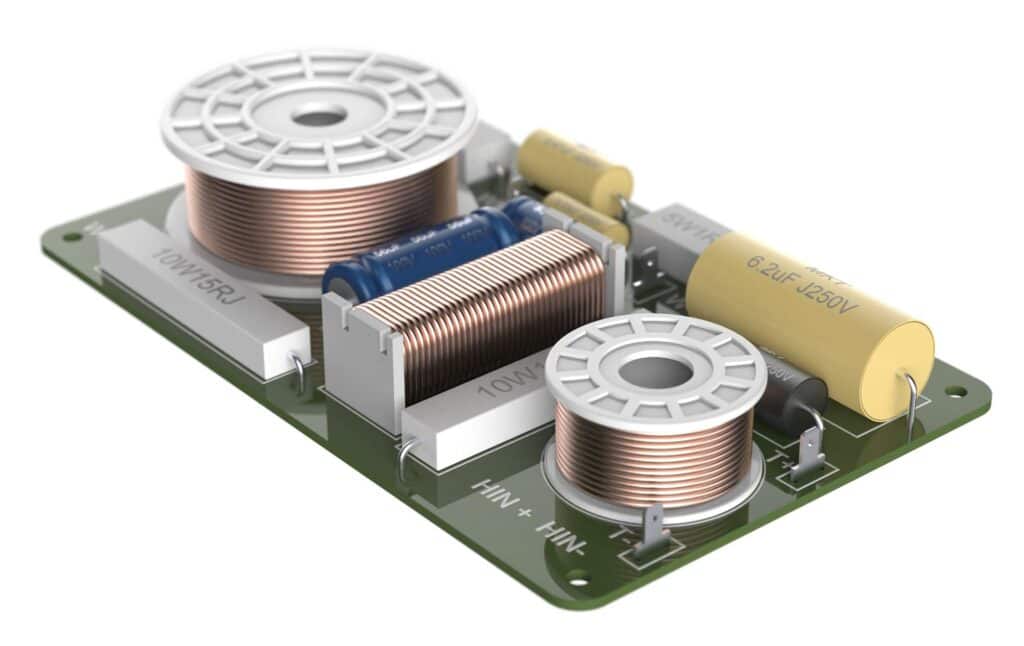
The first track, especially track was an example of that. It offers some volcanic bass.
vs Q ACOUSTICS 3050
Looking for a reference, I had this musical theme in my head and so reached for a pair of older and rather lighter Q Acoustics 3050 floor-standing speakers that originally retailed for around £500. Another reason for grabbing the 3050s was this. They look very much like the 5050s. Same basic cabinet dimensions, even down to the same rounded curves at the edges. The driver arrangement is the same with that D’Appolito arrangement although the tweeter on the 5050 is more pronounced.
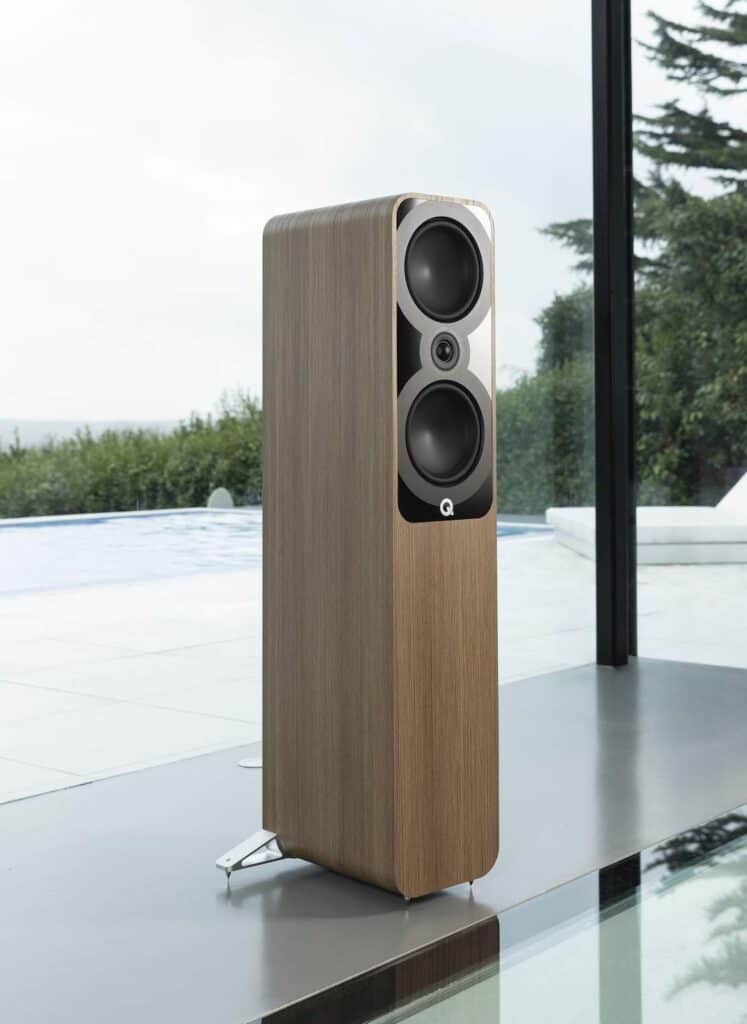
Because of that, some people might see the 3050s for sale, possibly second hand and wonder why they should bother with the 5050s. The 3050s look basically the same, so why bother spending more, eh?
So I did the test and because of that floor-standing, relatively spacious cabinet, I thought bass and dynamics and soundstage would be useful subjects to focus upon here.
My first impression of the 5050s clarified some preconceptions. Before I got to this review, I was seeing comments on the Internet regarding these speakers and pointing at an aggressive treble output. That is not the case.
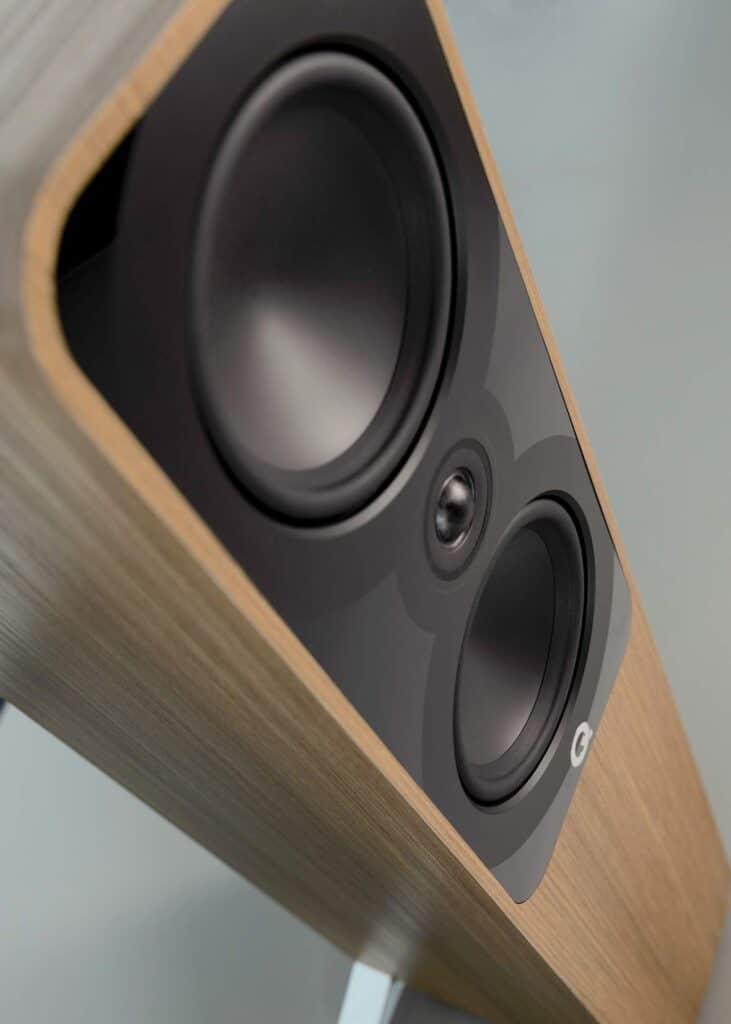
And if you think these speakers are combative in upper frequency terms then the rest of your HiFi system needs attention. You need to look at low-noise accessories, grounding accessories, quality isolation gear, top-end cabling, better stands and shelving, all of that.
EMPHASIS
Yes, Q Acoustics has added a measure of emphasis to the treble and upper mids but they stopped before that became egregious. And yes, I would have preferred that they dialled the upper frequencies back. The 3050s are far better balanced in these terms. Both treble and upper midrange frequencies from the 5050s are pushed right to the edge which, to my mind, is unnecessary. Especially for the regular and very successful Q Acoustics philosophy. I like to follow the old ‘If it ain’t broke, don’t fix it’ pathway. Q Acoustics sound like they’re trying to fix a design philosophy that needs leaving well alone.
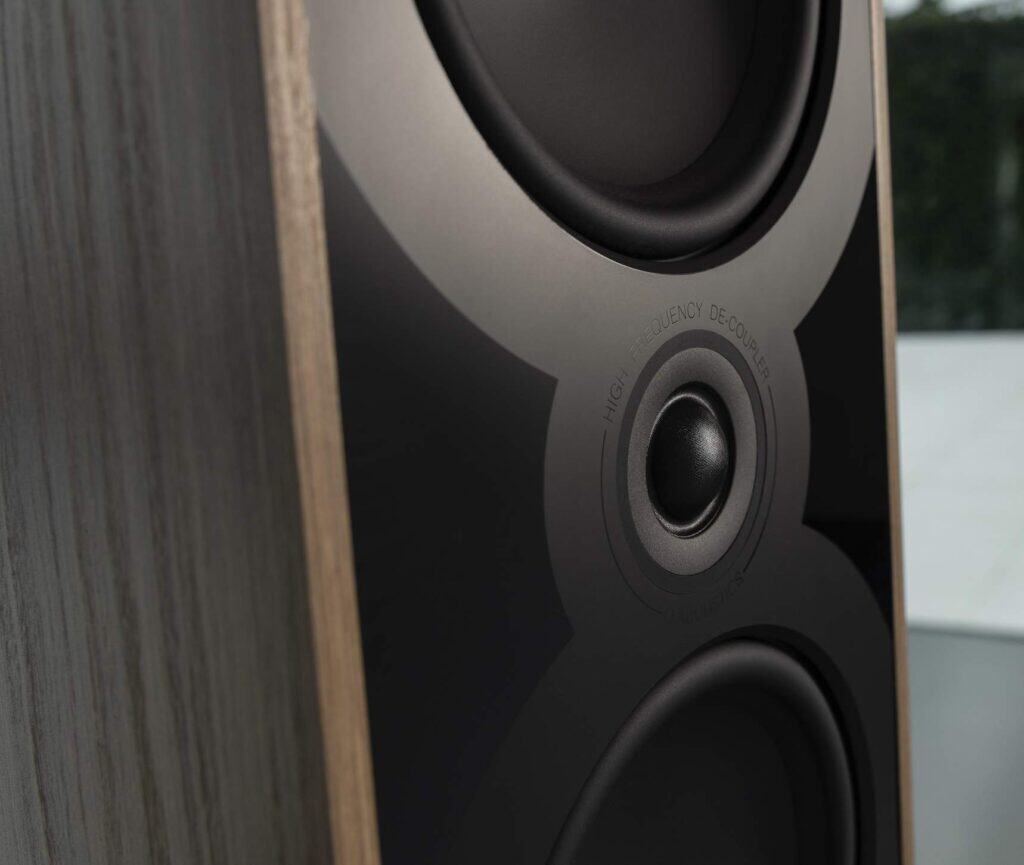
If that emphasis had been pushed a degree further, I would have started lowering the final rating. That’s how close they were. But they avoid that by the skin of their teeth. Well, they did on my system.
What the upper frequencies actually give you is lots of insight, adding detail and emotion to vocal deliveries, a rich and layered presentation to secondary percussion and a wide, expansive soundstage.
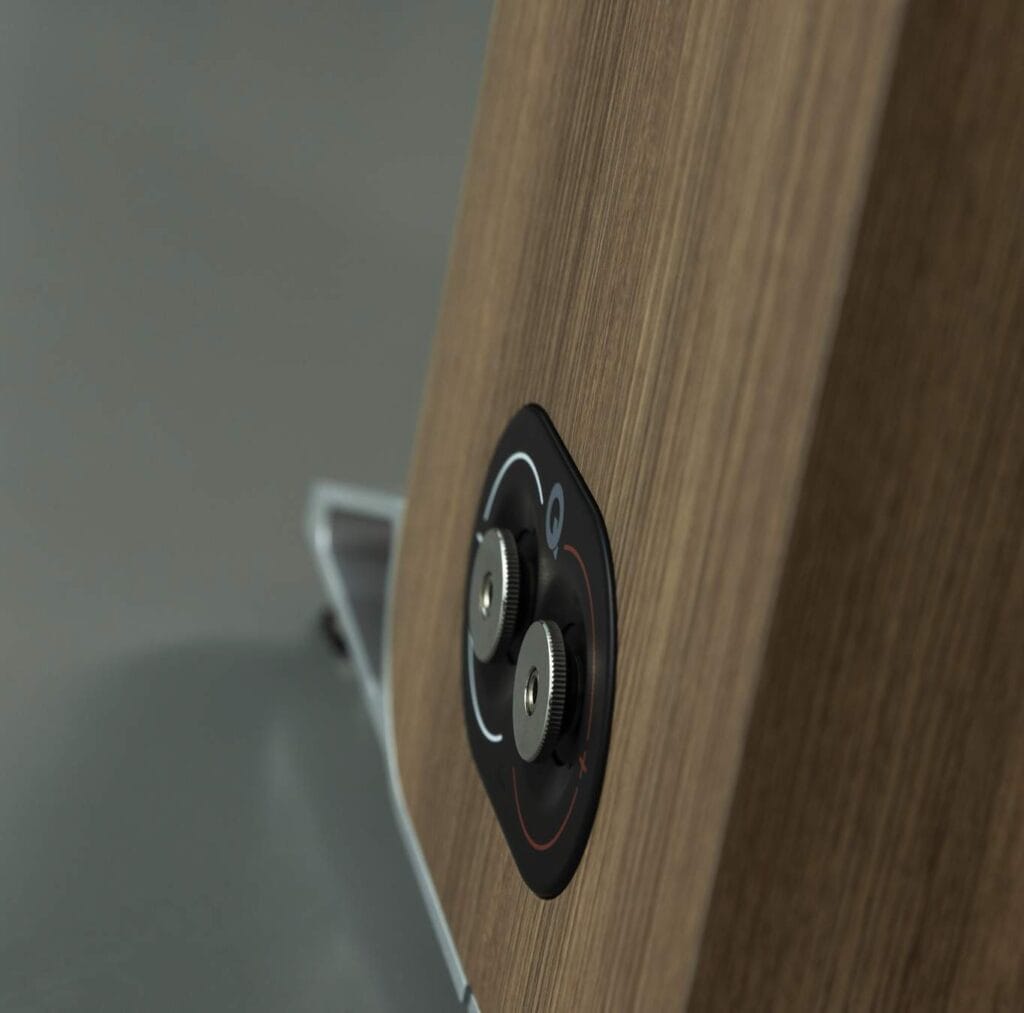
Bass is big, bold, strong, expansive and impressive. The final part of this Peter Gabriel track sounds like the mother of all storms but the 5050s coped easily with the lower-frequency onslaught, controlling each and every percussive strike (and there were plenty) with comparative ease.
vs PMC PRODIGY 1
I also wanted to bring in the prodigy1 (yes, lower case, no spaces) speakers from PMC which are offered at basically the same price but obviously smaller. Presented in a stand-mounted cabinet they, for their size, give you quality bass and an insightful upper frequency performance. So does the larger cabinet of the 5050s offer any real benefits, when you consider that price similarity?
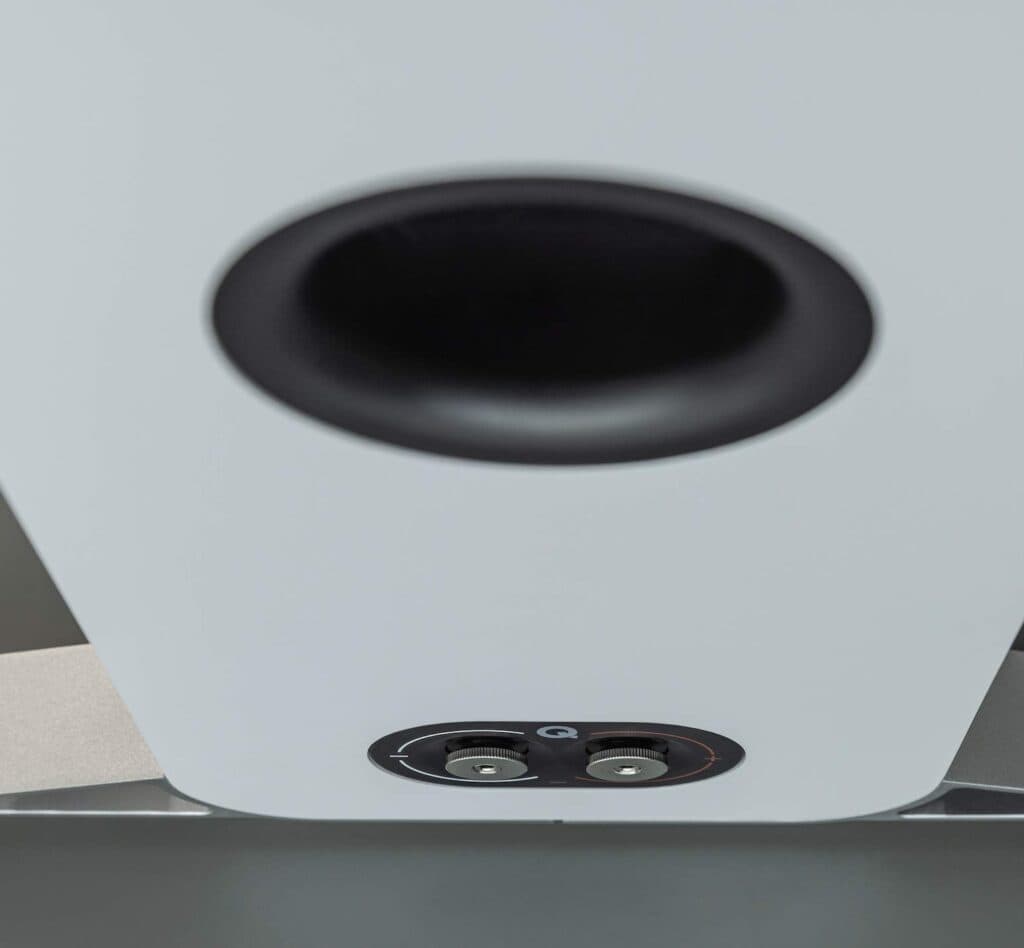
The sonic comparison shows you that, even at this price point, compromises are paramount in terms of speaker design. The PMC speakers offer a smooth and balanced suite of upper frequencies. Detailed and insightful and very easy on the ear and ultimately superior to the 5050s in that one department. The 5050s though give you a big scale in terms of the soundstage, with a bass response that knocks you flat on your black, when compared to the prodigy1s. The PMCs, despite that excellent basic bass performance from the transmission line tech, major on upper frequency information while the 5050s spread the build budget across both the upper frequencies and the lower. Doing enough on the uppers but excelling on the lower frequencies.
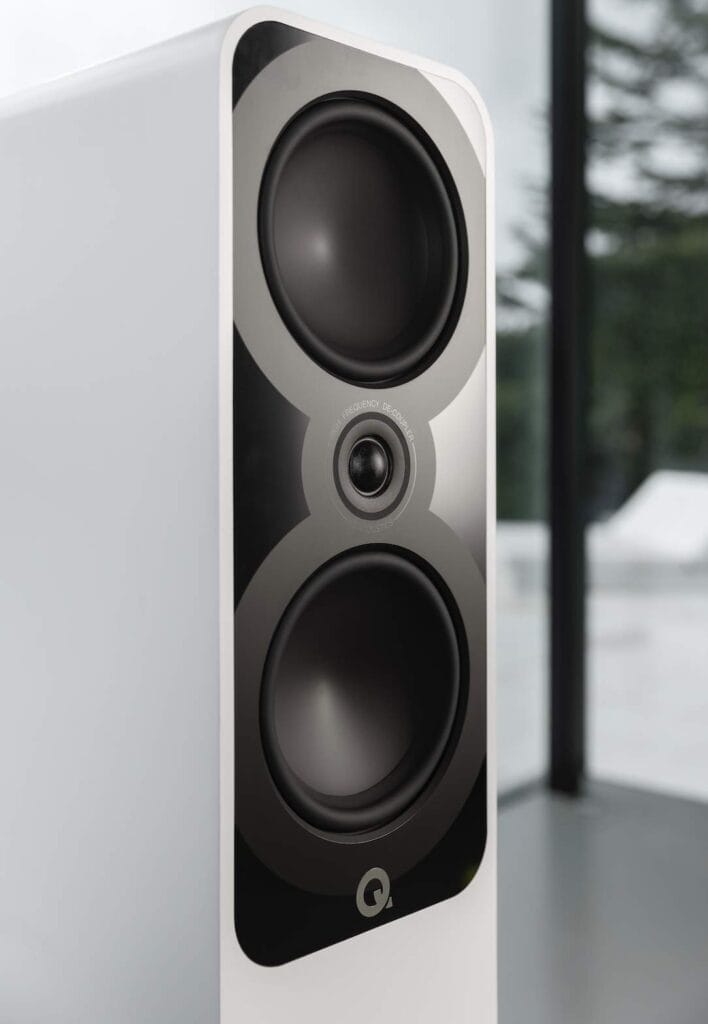
I then switched to Margret Whiting on the Contour Label and her Great Hits LP with the track, It Might as Well be Spring which sounded generally excellent. Strings offered an impressive texture, the brass had a distinct, breathy reverberation while the vocal provided a clear and open delivery although, now and again, the treble and upper mids just edged towards the line and put me on guard. Even so, the performance remained delightful, nimble, full of energy and packed with information.
CONCLUSION
Ultimately what the Q Acoustics 5050 speakers are trying their best do here is give you the very best speaker performance for the price point. They are triers, I’ll give them that. They give their all across both upper and lower frequencies. Yes, you could say that they try a bit too hard in both treble and upper mid terms but many listeners won’t notice the issues I heard and will actually love the 5050s for that very sound envelope. Which is why I urge you to demo the 5050s either at a dealer or via a home demo. Ask your favourite retailer about home demos, that’s the better option of two and, since the pandemic, has become increasingly common.
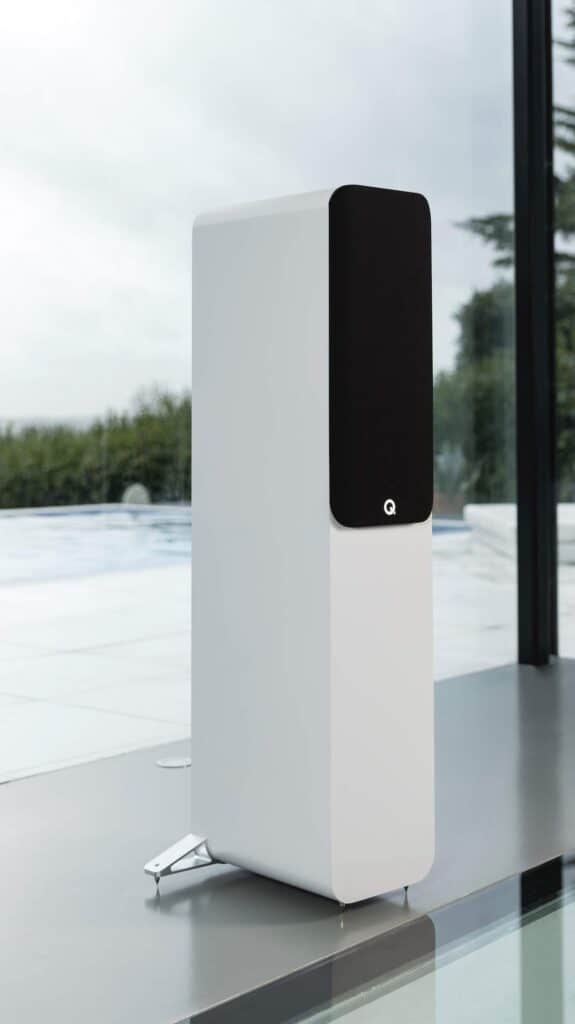
The Q Acoustics 5050 floor standers provide a powerful, all or nothing and full-on presentation. They impress and they force you to take notice. Whatever you think of the final sound, you cannot ignore the 5050s.
Q ACOUSTICS 5050 SPEAKERS
Price: £1,299
Website: www.qacoustics.co.uk
GOOD: big bass response, spacious soundstage, insightful midrange, minimalist aesthetics
BAD: treble and upper mid emphasis
RATING: 7


